El Criticón (1651-57)
(From Wikipedia)
Baltasar Gracián y Morales (January 8, 1601 – December 6, 1658) was a Spanish Baroque prose writer. He was born in Belmonte, near Calatayud (Aragon).
The son of a doctor, in his childhood Gracián lived with his uncle, who was a priest. He studied at a Jesuit school in Zaragoza from 1616 to 1619 and at the age of 18 became a novice. He studied philosophy at the College of Calatayud in 1621 and 1623 and theology in Zaragoza. He was ordained in 1627 and took his final vows in 1635.
He assumed the vows of the Jesuits in 1633 and dedicated himself to teaching in various Jesuit schools. He spent time in Huesca, where he befriended the local scholar Vincencio Juan de Lastanosa, who helped him achieve an important milestone in his intellectual upbringing. He acquired fame as a preacher, although some of his oratorical displays, such as reading a letter sent from Hell from the pulpit, were frowned upon by his superiors. He was named Rector of the Jesuit college of Tarragona and wrote works proposing models for courtly conduct such as El héroe (The Hero), El político (The Politician), and El discreto (The Discreet One). During the Spanish war with Catalonia and France, he was chaplain of the army that liberated Lleida in 1646.
In 1651, he published the first part of the Criticón (Faultfinder) without the permission of his superiors, whom he disobeyed repeatedly. This attracted the Company's displeasure. Ignoring the reprimands, he published the third part of Criticón in 1657, and as a result was sanctioned and exiled to Graus. He tried to leave the order but was unsuccessful. He died in 1658 and is buried in Tarazona near Zaragoza in the province of Aragon.
Gracián is the most representative writer of the Spanish Baroque literary style known as Conceptismo (Conceptism), of which he was the most important theoretician; his Agudeza y arte de ingenio (Wit and the Art of Inventiveness) is at once a poetic, a rhetoric and an anthology of the conceptist style.
The Criticón
The three parts of the Criticón, published in 1651, 1653, and 1657, achieved fame in Europe, especially in the German-speaking countries. It is, without a doubt, the author's masterpiece and one of the great works of the Siglo de Oro. It is a lengthy allegorical novel with philosophical overtones. It recalls the Byzantine style of novel in its many vicissitudes and in the numerous adventures to which the characters are subjected, as well as the picaresque novel in its satirical take on society, as evidenced in the long pilgrimage undertaken by the main characters, Critilo, the "critical man" who personifies disillusionment, and Andrenio, the "natural man" who represents innocence and primitive impulses. The author constantly exhibits a perspectivist technique that unfolds according to the criteria or points of view of both characters, but in an antithetical rather than plural way as in Miguel de Cervantes. The novel reveals a philosophy, pessimism, with which one of his best readers and admirers, the 19th century German philosopher Arthur Schopenhauer, identified.
The following is a summary of the Criticón, reduced almost to the point of a sketch, of a complex work that demands detailed study.
Critilo, man of the world, is shipwrecked on the coast of the island of Santa Elena, where he meets Andrenio, the natural man, who has grown up completely ignorant of civilization. Together they undertake a long voyage to the Isle of Immortality, travelling the long and prickly road of life. In the first part, "En la primavera de la niñez" ("In the Spring of Youth"), they join the royal court, where they suffer all manner of disappointments; in the second part, "En el otoño de la varonil edad" ("In the Autumn of the Age of Manliness"), they pass through Aragon, where they visit the house of Salastano (an anagram of the name of Gracián's friend Lastanosa), and travel to France, which the author calls the "wasteland of Hipocrinda", populated entirely by hypocrites and dunces, ending with a visit to a house of lunatics. In the third part, "En el invierno de la vejez" ("In the Winter of Old Age"), they arrive in Rome, where they encounter an academy where they meet the most inventive of men, arriving finally at the Isle of Immortality.


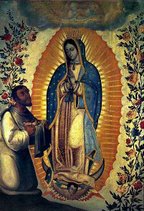
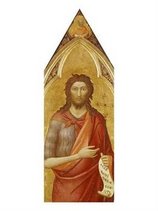
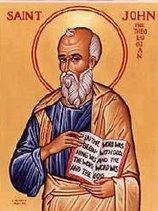

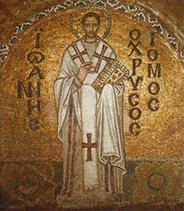
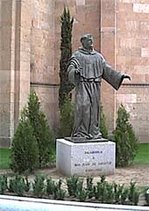

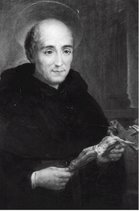
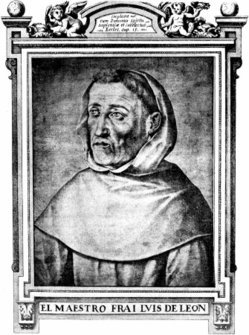
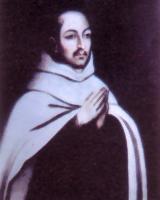


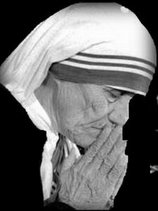
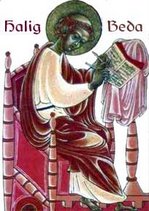
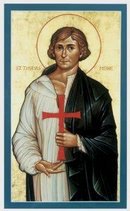
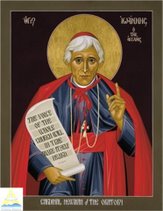




No comments:
Post a Comment